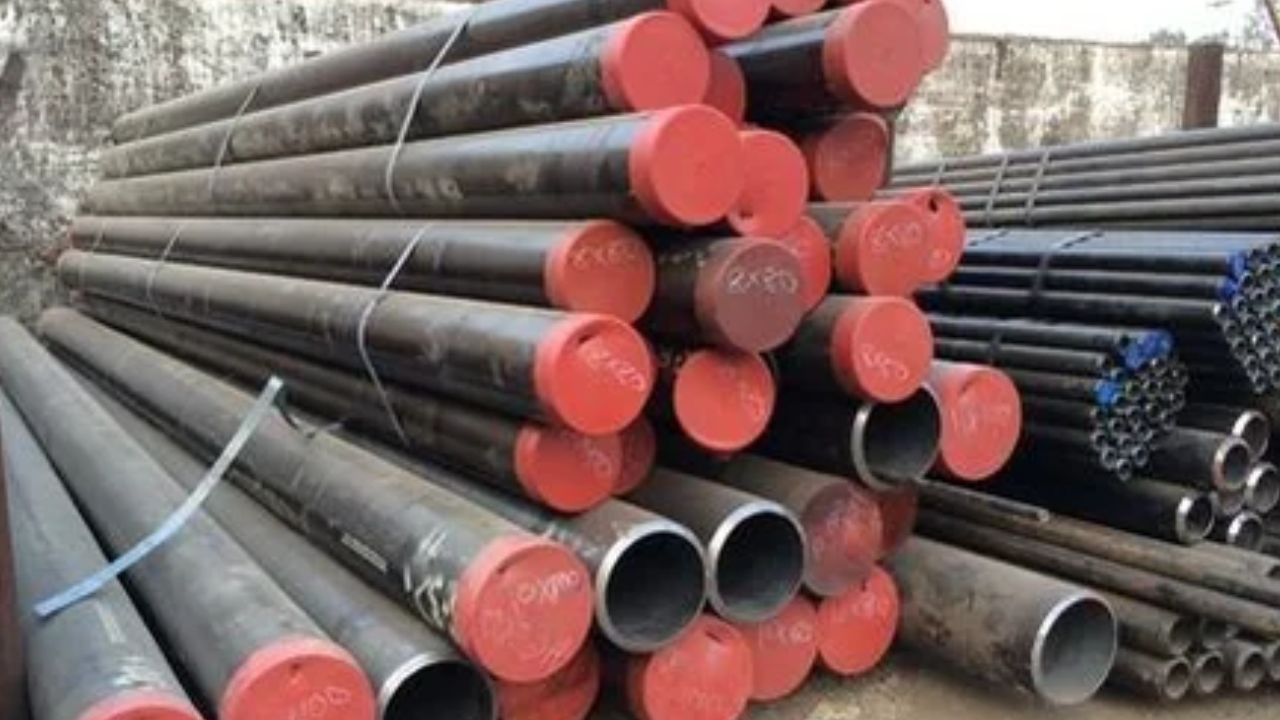Boiler tube length standards are determined by running situations, fluid characteristics, heat transfer requirements, boiler design, and regulatory policies. The boiler tube size standard requirements normally range from 0.5 to 5 in diameter, with exclusive wall thicknesses. Pressure, temperature, fluid type, and drift price all affect the surest tube dimensions.
Compliance with enterprise standards, including those installed with the aid of ASME and ASTM, presents compatibility, dependability, and protection in boiler structures. Material selection, fabrication issues, and set-up limits of boiler tube size standards all have an impact on tube size necessities, which ensure efficient warmth transmission and ultimate overall performance in a wide variety of commercial programs.
Factors That Influence the Boiler Tube Size Standards
Boiler tubes are key additives in boilers that transport fluids consisting of water, steam, or gases at high temperatures and strain. The dimensions of these tubes determine the efficiency, dependability, and protection of boiler structures. Several factors have an effect on the development of boiler tube length requirements, which provide surest overall performance and regulatory compliance.
Operating Conditions
Tube length selection is closely prompted with the aid of the running situations of a boiler, inclusive of strain and temperature. Better pressure and temperature requirements required thicker-walled tubes that could cope with the mechanical stress and thermal masses encountered in the course of operation. Lower-strain programs, on the other hand, may also permit thinner-walled tubes, increasing performance at the same time as preserving protection.
Fluid Properties
The qualities of the fluid that flows through the boiler tubes additionally affect size specs. Corrosive fluids, as an example, may additionally necessitate using tubes made from corrosion-resistant substances or with defensive coatings, which may additionally affect tube length. Similarly, tube diameter choice is encouraged via the fluid's go-with-the-flow fee, viscosity, and phase (liquid or gasoline) to lessen pressure drop and guarantee efficient warmth transmission.
Heat Switch Necessities
Boilers require efficient warmth to switch characteristics properly. The dimensions and configuration of boiler tubes have a right-away effect on heat transfer costs between combustion gasses and the fluid inside them. Foremost, tube sizing offers a good floor place for warmth trade whilst preserving ideal fluid velocities and pressure decreases.
Boiler Layout & Configuration
The design and layout of the boiler system are critical factors in setting tube length guidelines. Tube diameters are decided on to fulfill favored performance targets primarily based on elements such as boiler type (fire-tube, water-tube, or aggregate), heating floor region, combustion chamber dimensions, and usual format. Right tube sizing ensures compatibility with other boiler additives and allows for effective heat transfer during the machine.
Regulatory Standards & Codes
Compliance with enterprise standards and regulatory necessities is critical to the design and manufacture of boiler systems. Corporations like the American Society of Mechanical Engineers (ASME) and the Global Company for Standardization (ISO) broaden guidelines and requirements for boiler tube diameters, materials, and production strategies. Adherence to those standards ensures protection, dependability, and interoperability throughout the diffusion of boiler packages.
Material Selection
The fabric used in boiler tubes is determined by temperature, strain, fluid characteristics, and corrosion resistance needs. Carbon metal, alloy metal, stainless steel, and nonferrous alloys all have one-of-a-kind mechanical features and tiers of corrosion resistance. Tube size guidelines ought to consider unique fabric attributes to guarantee optimal performance and patience in operational situations.
Material and Installation Considerations
Practical worries during tube fabrication, setup, and protection have an impact on length specs. Bending radius constraints, welding procedures, tube-quit connections, and getting the right of entry for inspection and restoration need to all be considered to ensure the best operation and simplicity of preservation throughout the boiler's lifecycle.
Final Thoughts
Boiler tube size tips are the final results of the careful stability of elements influencing boiler system layout, performance, and safety. Engineers can set sizing requirements that improve performance, reliability, and industry compliance with the aid of taking into account working conditions and fluid traits expertise in those parameters is important for stakeholders concerned with boiler design, fabrication, and operation because they guarantee green and secure operation in a huge range of business applications.


